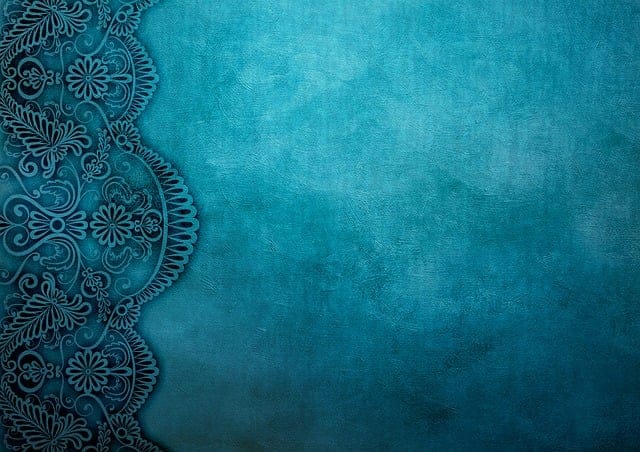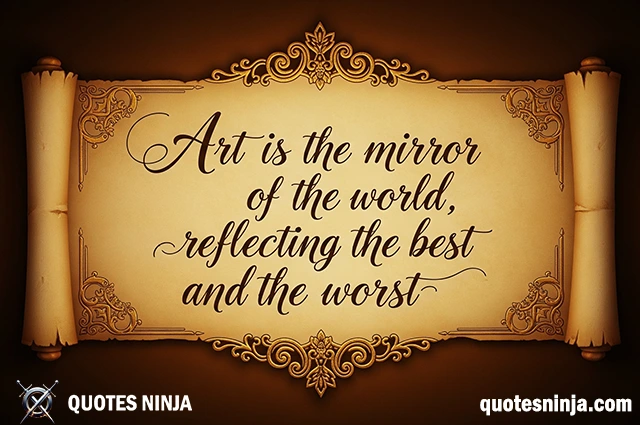
Art Quote: “Art is the mirror of the world, reflecting the best and the worst.”
Deeper Meaning of Art Quote:
“Art is the mirror of the world, reflecting the best and the worst.” means that art shows us both the beauty and the flaws of life — like a mirror showing your face exactly as it is.
Think of it like this:
Just as a mirror doesn’t choose what to show — it simply reflects — art does the same with the world. It captures:
- The kindness, love, and creativity people are capable of (the best),
- And also the pain, injustice, and struggles that exist (the worst).
Put simply:
Art tells the truth about the world, whether that truth is inspiring or uncomfortable. It helps us understand what’s happening around us — and inside us — even when we can’t explain it with words.
Whether it’s a joyful dance performance or a powerful photograph from a war zone, art helps us see life more clearly — the light and the shadows.
Here’s a story inspired by Art Quote “Art is the mirror of the world, reflecting the best and the worst.”
Art Story: “The Artist’s List”
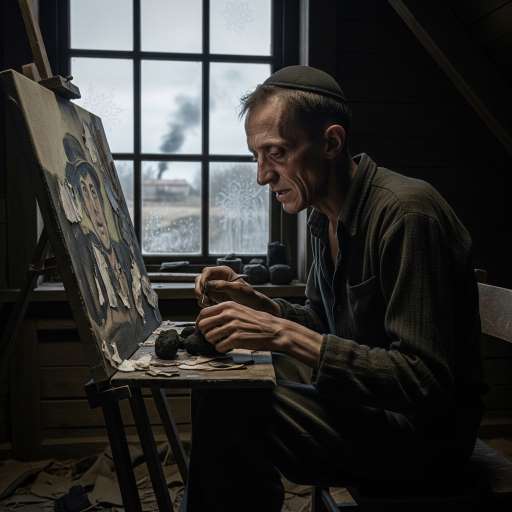
The Attic Studio:
The snow fell silently over Kraków, muffling the distant gunshots that had become part of daily life. In a cramped attic above a shuttered tailor’s shop, Jakub Levin, a young Jewish painter, sat hunched over a canvas. His fingers, pale and trembling from cold and fear, moved with urgency. He wasn’t painting for beauty or fame — he was painting to remember.
Before the war, Jakub’s portraits had hung in galleries and cafés. He had painted the light in people’s eyes, the colors of their joy. But now, his brush captured shadows — faces pressed against fences, mothers clutching children, broken violins in the snow. His art had become a mirror of a world gone mad.
Outside, the Nazis were emptying the Kraków Ghetto. People were being rounded up, sent to labor camps, or simply vanished into the dark silence of gunfire. Jakub had escaped once, hidden by a sympathetic tailor. But he knew his time was running out.
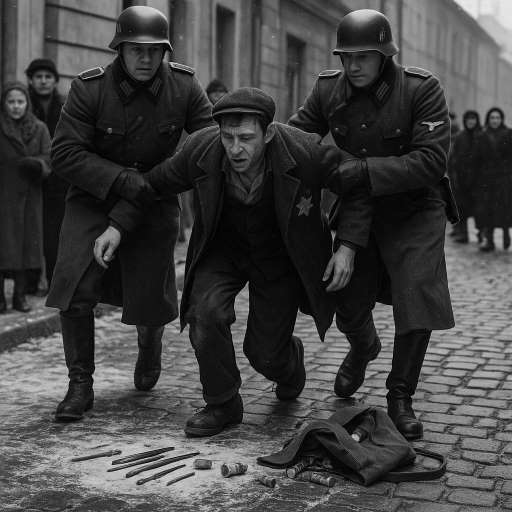
Captured on the Streets:
One afternoon, everything changed.
Jakub was discovered.
Two soldiers stormed into the shop, pulling him from the attic. His paints crashed to the floor, staining the wood like blood. He was dragged through the streets, his wrists bound, his face swollen from a blow. As he stumbled into the courtyard of a labor camp, he saw something strange — a tall man in a fine suit, standing among SS officers, talking, laughing even.
Oskar Schindler.
Jakub had heard the name whispered in hushed tones. A German businessman who owned a factory. Some said he employed Jews not to save them, but because they were cheaper labor. Others claimed he had a heart, one hidden beneath his polished charm and expensive cufflinks.
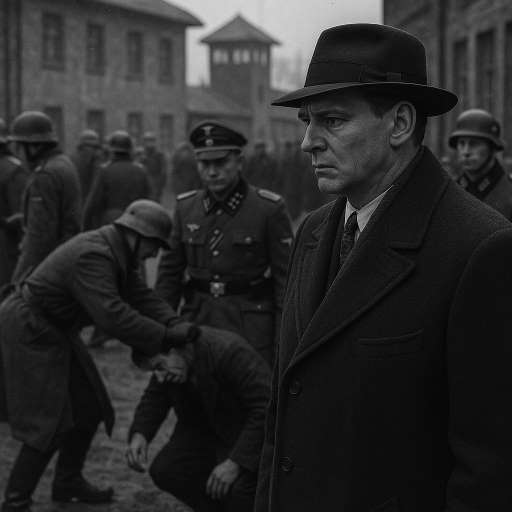
Schindler’s Glance:
Schindler’s eyes passed over Jakub, uninterested at first. But then — he paused.
“What’s this one do?” he asked casually, lighting a cigarette.
“Another tailor’s rat,” a soldier replied.
Schindler tilted his head. “Not with those hands,” he said. “Too stained. What’s your trade?”
Jakub hesitated. “I… I paint, sir.”
The soldiers chuckled. One shoved Jakub. “Paint? You think we need paintings in a war?”
Schindler waved a hand. “Bring him.”
Thus, Jakub found himself in Emalia, Schindler’s factory. Unlike the camp, it had heat. Soup. Hope. Many of the workers didn’t fully understand why they were being protected, but they knew one thing: Schindler’s list was life.
Jakub worked in packaging. But after his shifts, he painted — using scraps of coal, factory grease, and, once, crushed berries someone smuggled in. At first, he hid the paintings beneath his cot. But one night, Schindler discovered them.
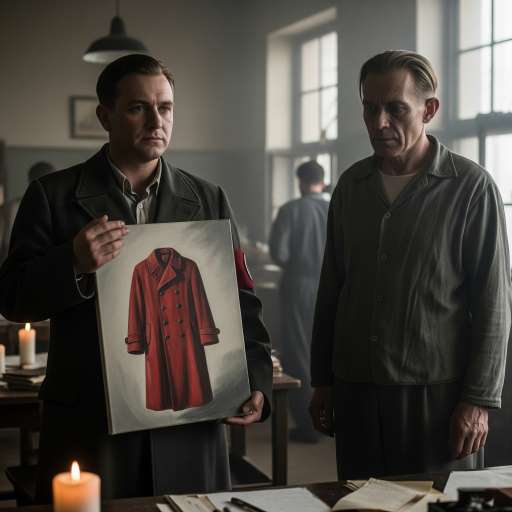
The Girl in the Red Coat (Painting Reveal):
He held one up — a haunting sketch of a girl in a red coat, standing amid the chaos of the ghetto liquidation. The only color on the canvas was that coat.
Schindler didn’t speak for a long time.
“This girl,” he said at last. “I saw her.”
Jakub nodded. “So did I.”
From that night, Schindler let him paint. Quietly. Secretly. He gave him spare paper, bits of charcoal. “Just… don’t show the guards,” he said.
Jakub painted what he saw — men breaking under labor, children hiding in chimneys, and Schindler himself, offering documents and jobs like lifelines. The best and the worst.
As months passed, the war shifted. Whispers of liberation grew louder, but so did Nazi desperation. Schindler, once concerned only with profit, risked everything. He bribed officers, forged paperwork, and built a second list — one not of inventory, but of names.
Jakub’s was on it.
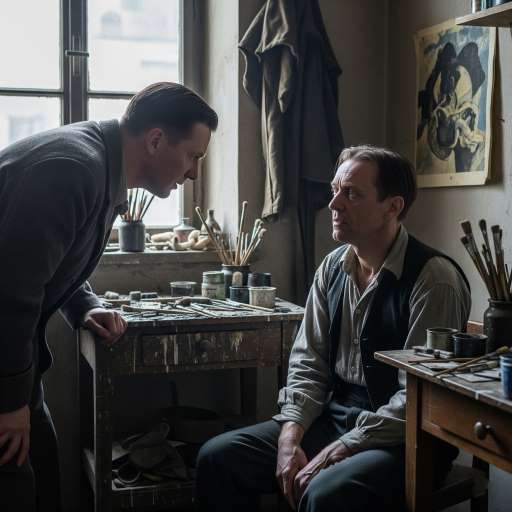
The Artist’s Promise:
One evening, Schindler visited him. He looked exhausted, his eyes bloodshot, voice rough. “You’re an artist. When this ends, people will forget. Or pretend they didn’t see. Promise me… you’ll keep painting. Show them what happened.”
Jakub nodded. “Even the worst parts?”
“Especially the worst,” Schindler replied.
Then came liberation. The gates opened, the guns fell silent, and the survivors stepped out — blinking at a world that had continued without them.
Jakub didn’t return to galleries. He didn’t seek fame. Instead, he travelled — to London, Paris, and eventually New York — with a suitcase full of memories in brushstrokes. His first exhibition was called “The Mirror”. It featured two sections: Light and Darkness. Viewers wept as they moved between them — from a portrait of a girl laughing in a Kraków park to the chilling outline of train tracks fading into mist.
Critics called him brave. Survivors called him truthful.
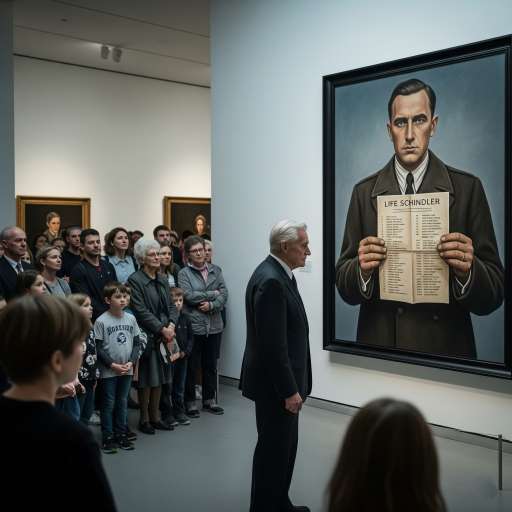
The Mirror Exhibit:
Years later, Jakub stood in front of one of his paintings — Schindler, silhouetted by factory smoke, holding a crumpled list. A boy beside Jakub asked, “Is that your hero?”
Jakub smiled faintly. “He was flawed. But he reminded us that one man can choose light in a world of darkness.”
Then he added, “Art shows us the truth — not just what we wish to see. It’s a mirror. Sometimes cracked, sometimes cruel. But always honest.”
Here is the ending of art story from the quote “Art is the mirror of the world, reflecting the best and the worst.”
Moral of the story:
Art doesn’t shield us from pain — it reveals it. It reflects the world’s ugliness and beauty, ensuring we never forget. Like Schindler’s acts and Jakub’s brush, art becomes both witness and warning.
To explore more on stories and dive into related ideas, be sure to check out the other posts where we cover all sort of stories related to quotes. Stay tuned for more…..
To explore more on quote topics, be sure to check out the other topics where we cover all categories of quotes. Stay tuned for more…..

